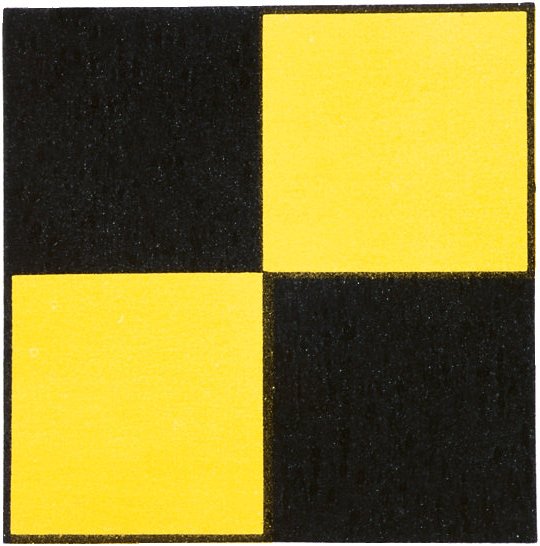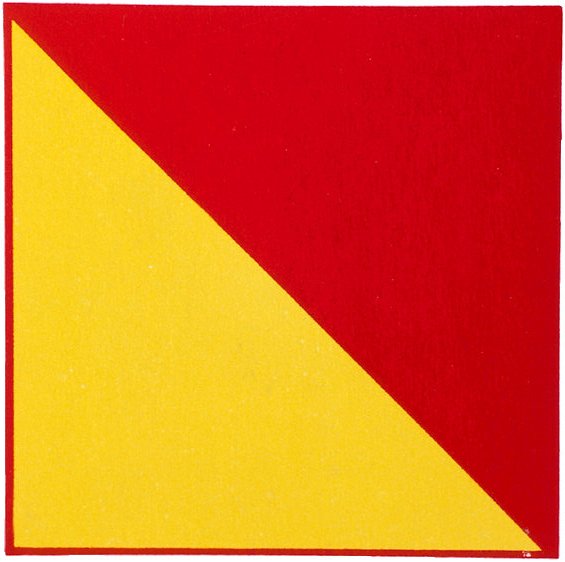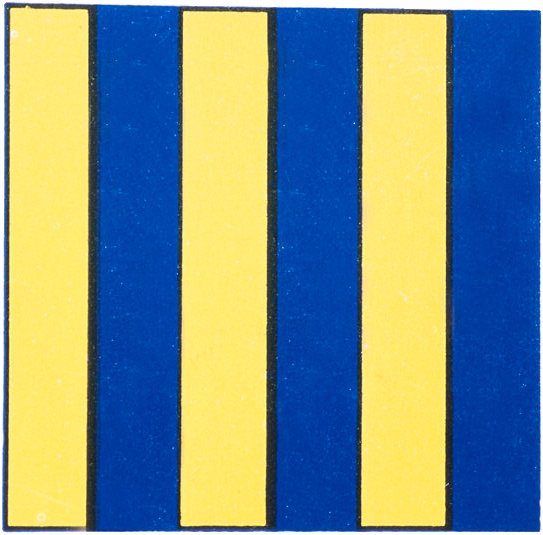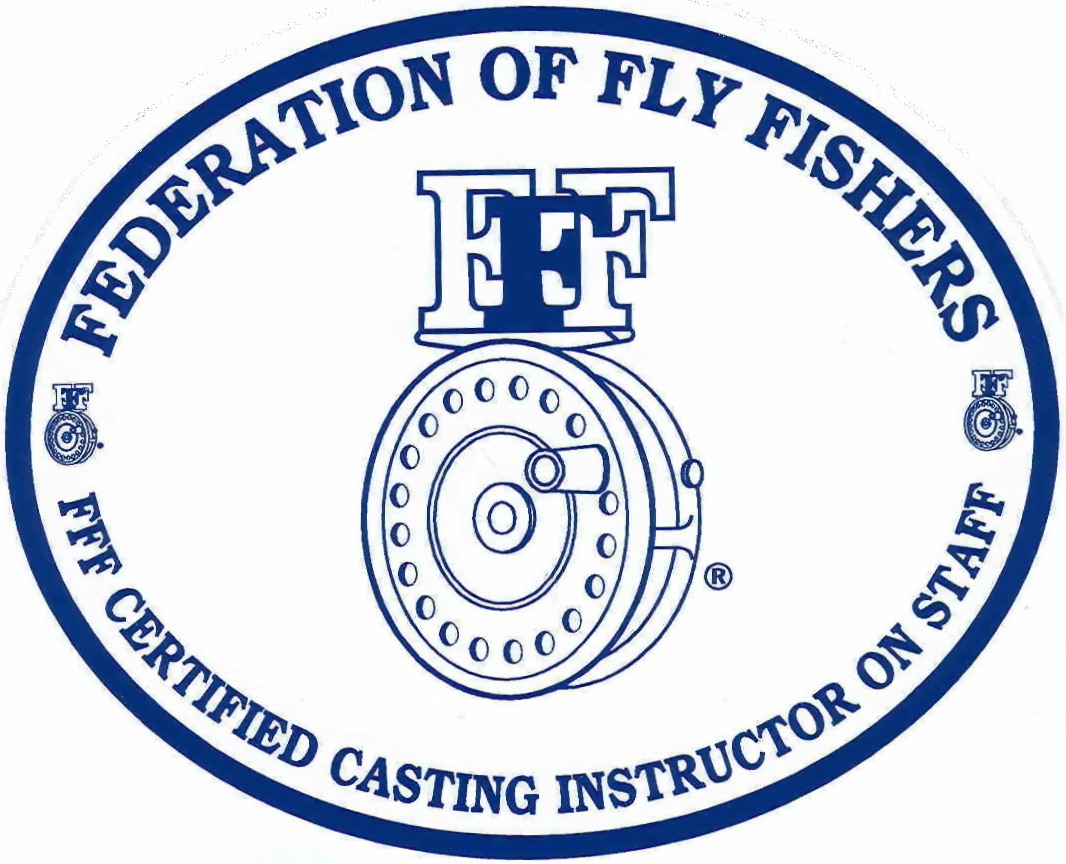What's Your Favorite Fly Line in Salt Water?
by Captain Jim Barr on 12/16/17
Choices,
choices and more choices... one of the wonderful things about living in
a free and bountiful society. This is particularly true when it comes
to fly fishing, especially with respect to fly lines.
I
give quite a few fly casting lessons during the course of the year, and
generally they are with anglers who are wanting to make a switch from
conventional fishing (spin and baitcasting) to fly fishing. Generally I
provide the rods and lines for these lessons except in cases where the
student with some fly fishing experience wants to improve their
techniques using their own equipment. As an aside, I really like these
type of lessons because I can take the average beginner to low
intermediate student and in the course of a few hours have them make a
few critical changes and in so doing improve their casting ability
drastically. I don't mean to brag- we're not talking rocket science here
but with a few simple changes in technique and timing, it's pretty
amazing how quickly the student starts to enjoy their new found
abilities. Many times it's as simple as putting on their fly rod a reel
with a different fly line than what they have been using. Alas... a
balanced system of rod, reel and line weight!

Many
of my advanced beginner and low intermediate students have been fly
fishing in fresh water, mostly for trout, some with reasonably good
success, but many who want to try fly fishing in saltwater given the
fact that Rhode Island just doesn't have much in the way of good fly
fishing for trout (arguable, I understand). Let me sail a different
tack, it's not so much that our trout fishery is not so robust, rather,
it's just that we are blessed with miles and miles of saltwater
shoreline, most of it holding striped bass and bluefish and in some
places bonito and false albacore in the fall months. Also, Rhode Island
offers unparalleled public access to our shoreline, better than any
other northeast state. Choices!
I've
been fly fishing in the saltwater for a long time, it's no wonder that
my casting shoulder is now starting to seriously bark at me. Rotator
cuff issues I'm told... that at minimum will require extensive physical
therapy and perhaps even surgery to restore painless or near pain-free
rotation. Had I stuck with freshwater fly fishing where we use very
light rods, reels and lines and where we are casting short distances to
small(ish) fish, perhaps my old arm and shoulder would have lasted
longer than it has. It's bothersome enough however, to cause me to start
fly casting lefty, a goal for spring 2018. I'm digressing too much, let
me get back on-point.
Fly lines.
I
get students who have expressed a desire to get involved in fly fishing
in the salt, and who want my recommendations on a rod, reel and line.
As for the rod, for the newbie to salt in Rhode Island waters, my
recommendation is a 9 foot~8 weight (4-piece). As for the reel, I
suggest one with a large arbor that's constructed to withstand the
corrosive effects of saltwater... in both cases (rod and reel) there are
a lot of choices at many different price points and quality. Your
choice of a fly reel will not have an effect on making you a better fly
caster, it will however help you to control your catch and bring it to
hand quickly and safely. Your choice of a fly rod definitely will have
an effect on making you a better fly fisher but I can confidently opine
that for the beginner to intermediate fly fisher, if you purchase a
medium to fast action graphite fly rod with quality components (good
quality cork or synthetic material grip, corrosion resistant reel seat
and guide set, and a fighting butt) you will be fine, and if it turns
out that fly fishing is not for you, you haven't spent a ton of dough
and it's an easy matter selling your equipment on EBay, Craig's List or
to a friend.
My
father who was a much better home mechanic, plumber and carpenter than
an angler had a pretty sound philosophy when it came to buying tools
that I think very aptly applies to fly fishing equipment. His take
was... don't buy the cheapest or the most expensive... choose tools that
fall in the middle. This makes sense to me and that's the advice I
offer to my fly casting students... with one exception... Fly Lines! Here I deviate from my father's sage (no pun intended) advice. I counsel my students to buy the best fly line(s) available, even if they are a beginner or low intermediate.
I also encourage my students to, if possible, try a variety of fly
lines before they make their final choice(s), however that sounds a lot
easier than it actually is.
Fly
lines can be purchased through the internet, from a fly shop, and from a
big box store. Unless you know exactly what you want, I would avoid the
internet and the big box stores. That doesn't leave much of a choice
particularly for those of you who are not near a fly shop, and if you
are, whether that shop stocks a good variety of line types and from a
variety of manufacturers, and is staffed with sales folks that know what
they are talking about, and/or are not primarily oriented towards
simply making a sale. So what's an angler to do?
My recommendations are as follows:
1.
First and foremost take a fly casting lesson or two from a certified
fly casting instructor who can not only help you with your casting
mechanics but who can put into your hands (on your rod or the
instructor's) a variety of fly lines of different construction and
weights. Most instructors will not have a wide variety of manufacturer's
lines in their inventory, but most will have a solid selection of
floating, intermediate and faster sinking lines from their preferred
manufacturer. I happen to be on the RIO Products pro program so all my
fly lines are from RIO, however other instructors may primarily use
Scientific Anglers (Orvis), Royale Wulff, Airflo, Cortland etc. and
clearly there are differences between those products. Are those
differences really material?, I would suggest they are not particularly
for the beginner and low to mid-level intermediate caster (arguable).
2.
If you are reasonably comfortable with your fly casting ability but you
want the opportunity to try a variety of types of lines and from
different manufacturers, you may have some options. If you can visit a
fly shop that stocks a variety of lines, has a space available for you
to cast them and who have employees that are knowledgeable and can make
recommendations, you're probably in good shape. Additionally, there are a
variety of fishing shows that are held around the country between now
and spring. "The Fly Fishing Show" http://flyfishingshow.com/,
is one that may be coming to a venue near you. Most of the prominent
fly line manufacturers are represented at these shows, and some that
will allow you to cast their lines in a casting pool using their fly
rods.

So
let's talk a bit about what type of fly lines I recommend for fishing
in the northeast saltwaters. I will stay away from lines anglers would
use when fishing for warm saltwater species, as this is not my forte.
The
questions I ask my students first who are wanting to fish for our
northeast species (stripers, bluefish, false albacore and atlantic
bonito) has to do with the waters they will most likely be frequenting
and from what platform they will be fishing (shore or boat). All fly
lines are sold in weight numbers that correspond to a rod's weight (1-12
for example) and action (slow, medium, or fast action). For example, an
8 weight line matches to an 8 weight fly rod.
For the beginning to intermediate caster, the primary categories of fly lines we use are broken down to three main types:
1. Floating (the entire line floats on the water's surface)
2. Intermediate sinking (the entire, or just the front part of the line), sinks at a rate of about 1.5-2 inches per second
3. Fast(er) sinking (the entire, or just the front part of the line), sinks at a rate ranging from 3- 9 inches per second
In the interests of simplicity, within each category there are variables as to how the line is constructed:
1. Weight Distribution
2. In the case of the slow and fast(er) sinking lines, Material Composition
As for Weight Distribution,
fly lines can be uniform in weight and diameter from the beginning to
the end of the line- these are called "level" lines. They also come in
what's called "double taper". Here the line is heavier and thicker at
the beginning and end of the line with the middle section being level.
The most common weight distributed line used in saltwater fly casting is
the "weight forward" type. Here the line is heavier and thicker at the
front of the line (portion closest to the fly) with the balance of the
line being level. The weight forward line has a short double taper
section up front with the most common length being 30 feet. With the
weight of the line up front, this line is designed to more efficiently
shoot this double taper section towards the target. The beauty of these
lines are that they are easy to cast and may cast further than other
types. Weight forward lines are generally the best choice for Beginner
and Intermediate casters.
As for Material Composition,
the "Floating" line floats because it is less dense than water. It's
plastic coating is infused with tiny air bubbles that serve to keep the
entire fly line sitting on top of the water. The "Intermediate and Fast
Sink" lines are constructed with more dense material that causes them to
sink at varying rates. They come in both "Uniform Sink" and "Sinking
Tip" varieties.
 | |
|
Worm Hatch- Ninigret Pond
|
In
the case of the "Uniform" Intermediate line, the entire fly line sinks
at the same rate (typically about 1.5- 2" per second). In the case of
the Intermediate "Sinking Tip" line, only the front section of the line
sinks, while the balance of the line either floats or sinks slowly. As
noted earlier, the "Fast Sink" lines also come in a uniform sink and
sinking tip variety. These lines provide significant variety in their
"sink rates" ranging from 3"- 9" per second so the front section of the
line is constructed with heavier material and therefore sinks, while the
balance of the line is constructed using either floating, or a slow
sinking (intermediate) line. As for the sinking tip lines their sinking
portions generally vary in length between 15' and 40'.
I
have endeavored to simplify this subject of fly line options as much as
possible and have done so in the context of the Beginner and
Intermediate angler. There are so many more options and variations as to
fly line construction, water type (fresh, salt), water depth, flat or
moving water, current speed, distance desired, and of course
manufacturer- it's absolutely mind boggling! So what's a angler to do?
My
advice- do not go blind into the decision process, instead, get
independent and expert advice in your choice of lines for your
particular fishing venue and experience level.
For the Beginner and Intermediate
fly angler wanting to fish in the northeast U.S. saltwater fishery, let
me conclude by offering several considerations and recommendations.
These are not specific to line manufacturers, but rather in terms of
general considerations as to your experience level and the type of
fishing you do, and with an eye towards the value proposition. (The
following recommendations are in line with using one rod...an 8
weight which in 90% of the time suffices nicely and reduces the anglers
cash outlay. Also an 8 weight rod will be more forgiving than a 9 or
10. Additionally, an 8 weight can be used for freshwater angling for
salmon, steelhead, large and smallmouth bass, pike, musky and pickerel
as well as for many warm saltwater species such as bonefish, seatrout
and redfish.) The following recommendations are guidelines only, and they limit the angler to 3 fly lines and therefore three reel spools on which to wind the lines.)
 | |
|
Molly Semenik, self, 3rd Beach Middletown, RI
|
Wading or small boat
Venue: Estuary, Salt Pond, Flats, Shallow Beaches
Wind: None to 10 knots
Water Type: Mostly shallow (1-4 feet), to moderate depth, still water and with current
Leader/tippet: 9 feet (Shorter if windy conditions)
Line:
8 weight- Primarily a Floating- Weight Forward line with floating fly
pattern or unweighted streamer. For deeper water, weighted fly pattern
or Intermediate Sinking Tip- 20-30' tip with sinking rate of 3",
floating running line. (Vary the retrieve as necessary to keep the fly
from hanging up on the bottom or on rocks/ weed).
 | |
|
Ken Durk- West Wall Narragansett, RI
|
Shore structure
Venue: Casting from ledges/ jetty's/ boulder structure
Wind: Zero to 15 knots
Water
Type: Ocean, boulder fields to deeper water ~15 feet maximum. (If fish
are deeper than 15 feet, use shorter leader and heavier weighted fly
pattern.)
Leader/tippet: 4-6 feet- the deeper you need to go the shorter the tippet. Shorter tippet for high winds
Line: 8 weight- Sinking Tip- 20-30 ft tip with Type 6" sink rate with Intermediate running line. (Multiply
estimated fish depth in feet times 12", then divide product by the 6"
rate to determine the countdown in seconds to start your retrieve.
Example: 15 foot depth X 12"= 180"/6= 30 seconds of wait time before fly
is at level of the fish)
If
fish are feeding on top use the same line but start your retrieve as
soon as the fly lands on the water to keep the fly near the top of the
water column, or switch to an Intermediate sinking tip line.
 | |
|
Heidi Flagg- Ninigret Pond
|
Fishing from boat
Venue: Casting from a boat in the bay or in near shore water
Wind: Zero to 15 knots
Water
Type: Ocean, Bay- fish are at a maximum of 20 feet (that's 40 seconds
of wait time- switch to a spinning rod with a weighted lure- more
fishing time and less waiting!)
If fish are deeper than 15 feet, use shorter leader and heavier weighted fly pattern.
Line: 8 weight- Sinking Tip- 20-30 ft tip with Type 6" sink rate with Intermediate running line
If fish are feeding on top use the same line but start your
retrieve as soon as the fly lands on the water to keep the fly near the
top of the water column, or switch to an Intermediate sinking tip line.

RIO
Products does a nice job by providing a very easy to use Fly Line
Selector tool. It goes considerably beyond saltwater lines and may be
of help to you in identifying what makes sense for you and your
fishery.
Quality
fly lines are expensive ($80-100), so take great care in making your
decisions, they literally can make or break your success in the salt.
Comments (0)






